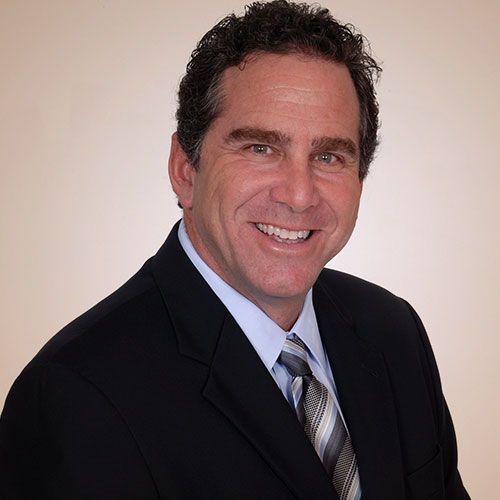The Association of American Medical Colleges (“AAMC”) conducted a study on the significant shortage of physicians in the U.S. workforce. The study analyzed primary care physicians and specialists and determined that between 2017 and 2032 there would be a shortage of 21,500 to 55,200 primary care physicians and 24,800 to 65,800 specialists. Although the study did not identify anesthesia among the top 10 most challenging specialties to recruit to, it shined a light on the need to further analyze recruitment efforts.
Citing the AAMC study, Anesthesiology News surveyed anesthesia leaders and recruitment experts to develop insights on the anesthesia job market and strategies to adapt to the looming shortage of providers. In addition to the general shortage of physicians, anesthesiologists face additional challenges due to escalating need for coverage of non-OR anesthesia locations such as endoscopy, cath lab and radiology. Other anesthesia recruitment challenges include the increased desire for work-life balance for anesthesiologists of all ages and increasing maternity, and more recently paternity leave.
The survey also gave insights on how to address recruitment in an increasingly competitive environment. Attracting candidates is mainly based on geographic location, compensation and benefits and perks. If an organization is lacking in one of these areas, they should overcompensate in another to remain competitive. For example, if the hospital is in a less desirable geographic location, more compensation may need to be offered to attract quality clinicians. Additionally, vacation time and sign-on bonuses oftentimes becomes the deciding factor for clinicians choosing between multiple facilities.
Other important factors to recruitment are discussed in another August Anesthesia and OR Review article “Our Rural Hospital Has Difficulty Recruiting” – Factors to Focus on When Recruiting Physicians

Dr. Howard Greenfield is a board-certified anesthesiologist with expertise in cardiac anesthesia, pain management, and healthcare consulting. A founding partner of Sheridan Healthcare, he led anesthesia operations at Memorial Regional Hospital and helped establish trauma and pediatric programs. He later served as VP of Business Development at Sheridan, expanding services nationally. In 2009, he co-founded Enhance Healthcare Consulting, where he’s spent over 13 years leading anesthesia and perioperative improvement initiatives across the U.S. with a data-driven, strategic approach.
